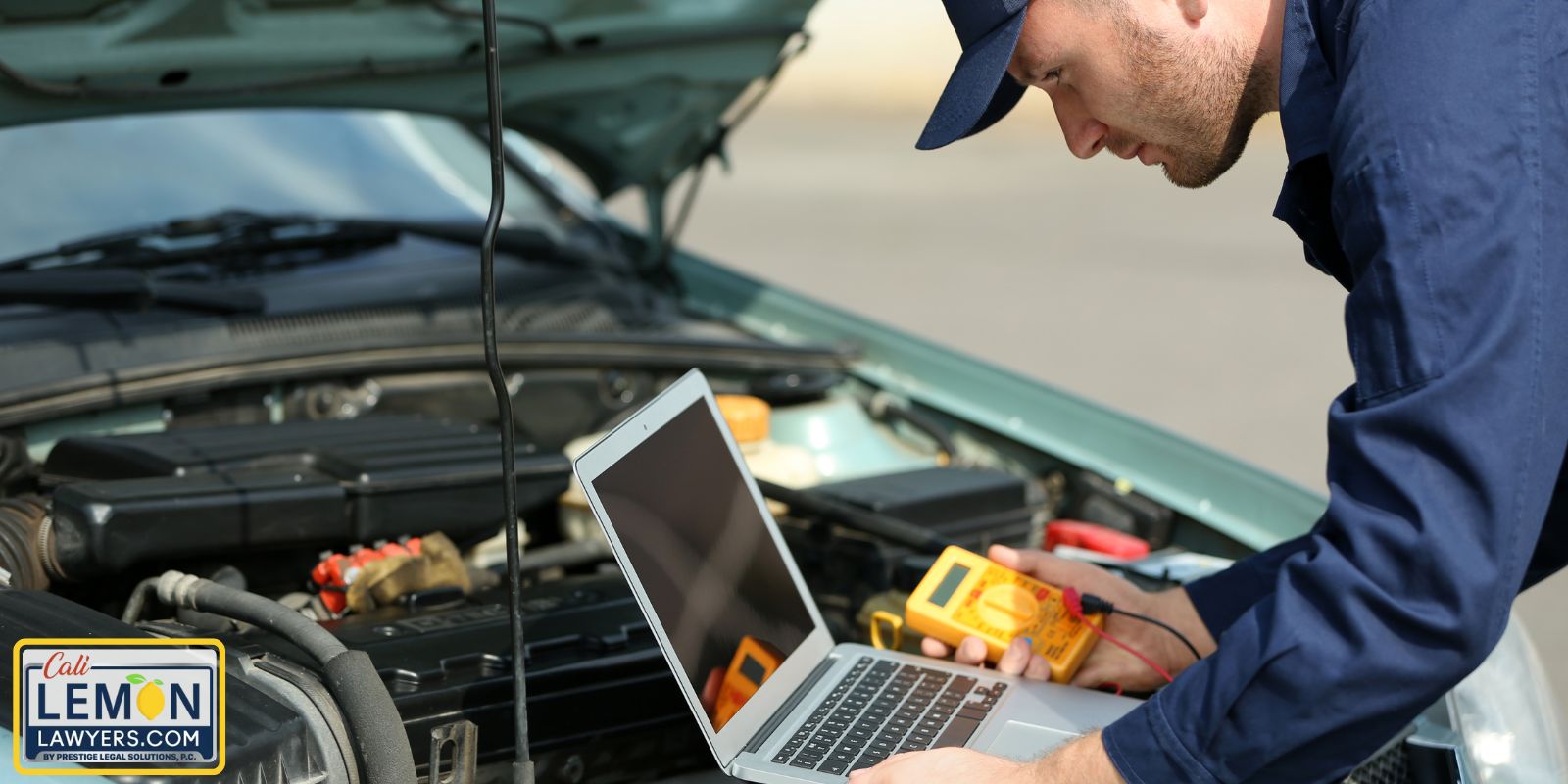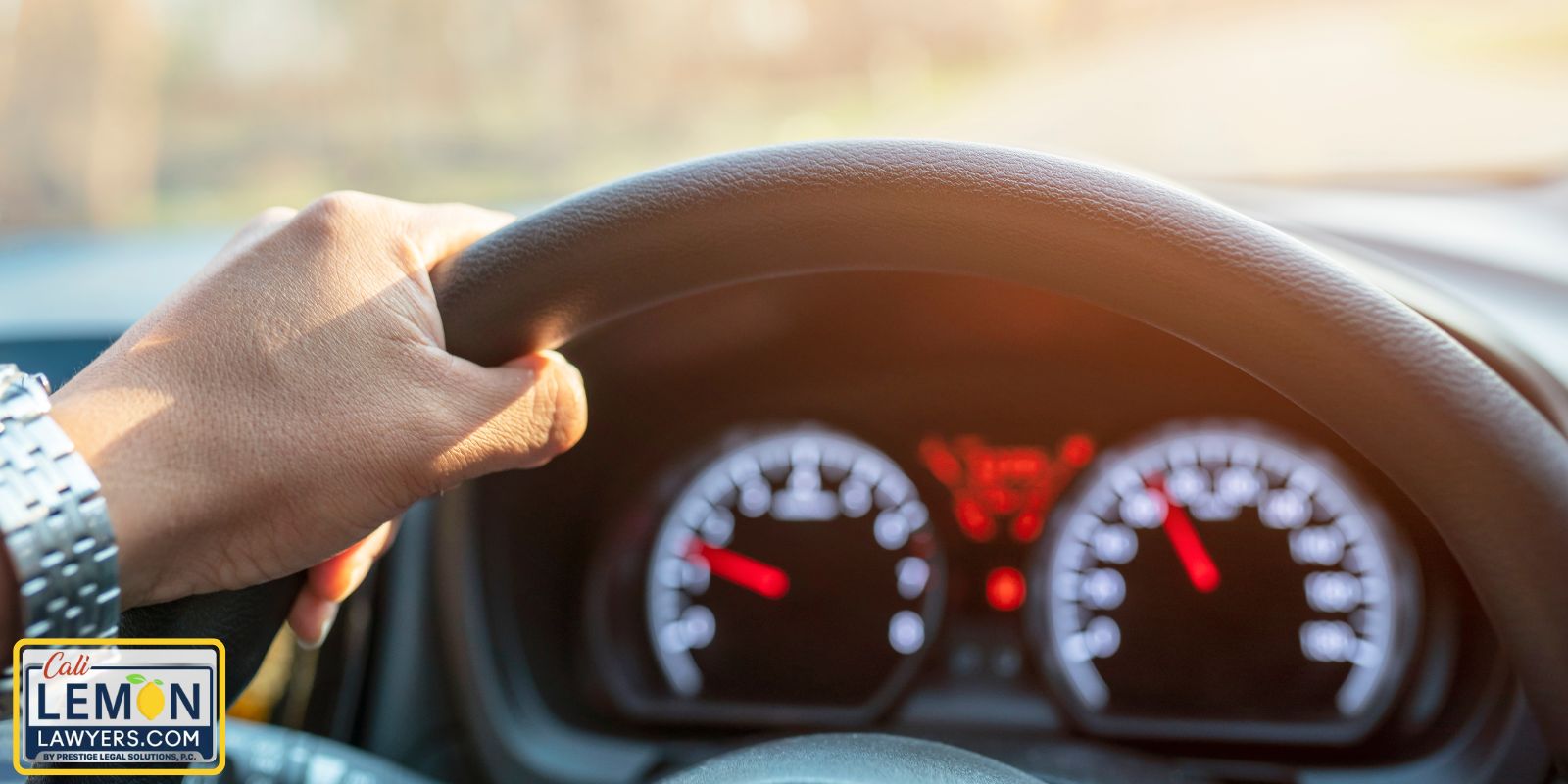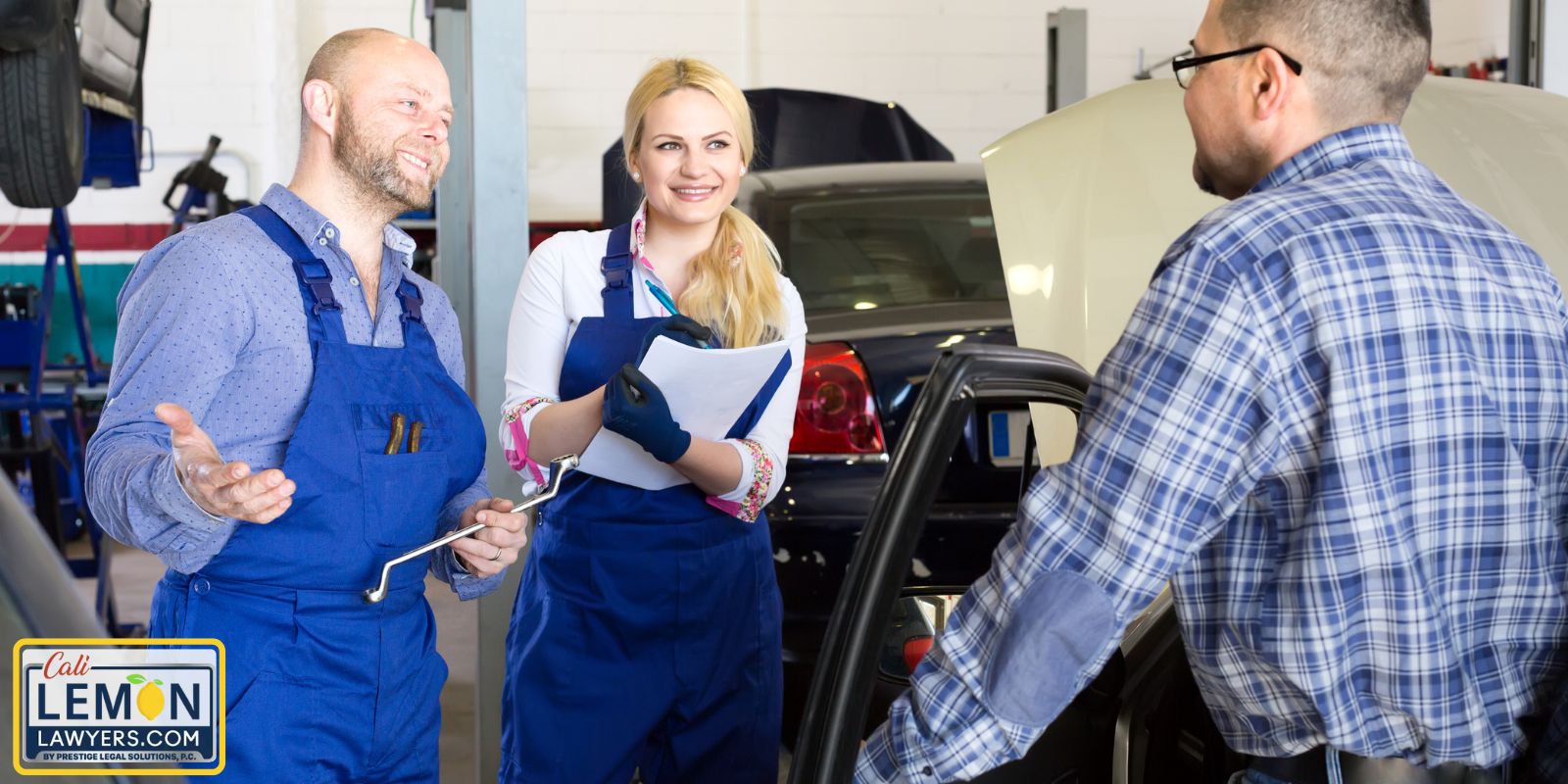
Risks of Buying an Old Car With Low Mileage
One of the key factors many buyers look out for when purchasing a used car is the vehicle’s mileage. Many people believe that low mileage for a car automatically means better value since the car has not been used a great deal. However, low mileage does not guarantee that a used car is in good shape as there are chances of underlying issues due to lack of usage.
In this article, we’ll explore what low mileage is, perceived value vs real actual value, common misconceptions about cars with low mileage, the risks of buying old cars with low mileage, and pro tips on how to evaluate low mileage used cars.
If you’re experiencing frequent issues with your car even after many repairs, it’s possible the used car is a lemon and may qualify for protection under the Used Car Lemon Law. You can contact our Lemon Law experts to help you get the compensation you deserve.
Understanding the Value of Low Mileage
Low mileage refers to the situation where an older car has been driven significantly less than what is expected for its age. For instance, in the United States, a typical car is driven an average distance of 13,476 miles per year according to the Federal Highway Administration (FHWA) of the US Department of Transportation.
A car could be considered low mileage if it has significantly less than this annual average mileage. However, what constitutes “low” can differ depending on the type of car, its age, and the expected lifespan.
People believe that less use equates to less mechanical degradation. So, they often consider low mileage as a sign of lesser wear and tear, usually suggesting that the car has more life left in it compared to one with higher mileage. However, a car’s condition depends on various factors, including maintenance, driving habits, and storage conditions. So, the belief is an oversimplification.
Common Misconceptions About Low Mileage
Myth 1: Low mileage defines a car’s condition
Many people assume that a low-mileage car is almost as good as new. But that’s not always the case. A low mileage used car that has been poorly maintained could have more issues than a high-mileage car that has been carefully maintained.
Myth 2: Low-mileage cars are always a better investment
While low mileage cars often sell for higher prices, they might not always offer the best value. For example, rubber components and seals can deteriorate with time, regardless of mileage. Also, if a low-mileage vehicle is kept idle for prolonged periods, these components may be compromised, potentially leading to expensive repairs down the line.
Perceived Value Versus Actual Value
Most buyers are willing to pay a premium for used cars with extremely low mileage as they assume such cars have fewer mechanical issues. So, the perceived value of low mileage is high in the consumer market.
However, it takes more than mileage to accurately measure a car’s actual value. You have to consider the vehicle’s overall health. To estimate the actual value, you may need a comprehensive inspection by a qualified mechanic to provide a better assessment of the car’s condition than mileage alone.
This includes examining the engine condition, suspension components, fluid quality, etc. Also, check out the vehicle history report. You also need to ascertain the vehicle’s maintenance history to help redirect your expectations and budget.
The Hidden Risks of Low Mileage in Old Cars
At first glance, it seems low mileage is a sign of a good buy in used cars. Nonetheless, you need to understand that lack of regular use of cars may lead to some issues and hidden risks that you should be aware of. Some of these risks include:
Mechanical Issues
Deterioration due to lack of use
Staying a long time without being driven can cause cars to develop mechanical issues. For example, oils and lubricants can settle or degrade over time, which can result in poor lubrication when you start the car after a long period. Poor lubrication causes increased wear or even damage to engine components.
Degradation of rubber and plastic components
Cars contain many rubber and plastic components, such as belts, hoses, seals, fuel pumps, and gaskets. These materials can dry out, crack, or become frail with age, regardless of mileage. Failure of these components may lead to issues such as leaks, engine overheating, or electrical failures.
Potential engine and transmission problems
Lack of regular use can cause engine and transmission system issues such as cracked or hardened seals, failed gaskets, moisture accumulation. These issues may lead to malfunctions such as leaks, rust and corrosion, and reduced performance.
Cost Implications
Potential for higher repair costs
Deferred maintenance of degraded car parts can lead to compounded mechanical issues that may require more extensive work than regular upkeep.
Insurance and warranty coverage
Insurance premiums might not be favorably impacted by low mileage on an older car as they could be on a newer vehicle. Additionally, most warranties will have expired by age rather than mileage, leaving the owner to cover all repair costs.
Resale value concerns
While low mileage can increase a car’s resale value, significant mechanical issues resulting from extended periods of inactivity can offset this advantage. Hence, it’s important to do a thorough pre-purchase inspection to determine the true condition of the car and its actual value.
Maintenance and Service History
Regular maintenance is essential to keeping a car in excellent condition. Some recommended maintenance practices such as oil changes, coolant flushes, brake inspections, and other routine services are time-sensitive.
So, even for a car with low miles, skipping these services can lead to major mechanical issues. Without a complete service history, it can be challenging to verify if a vehicle has received the necessary maintenance, making it difficult to anticipate potential future problems or costs.
How to verify a car’s maintenance history
To verify a car’s maintenance history, check the service records, contact authorized dealerships or service centers where the car may have been serviced, and look for stickers on parts that are typically replaced or serviced. In some cases, the previous owner may have kept receipts of work done, and a vehicle history report can also provide insights into the car’s past.
Case Studies and Real-Life Examples
While some car lovers have testified of getting the best deals from cars with low mileage, some others have lived in regret after making the same move. Let’s explore some case studies and real-life examples of buying low-mileage old cars.
A. Success Stories: When Buying a Low-Mileage Old Car Paid Off
John, a car enthusiast, bought a 20-year-old sports car that had only been driven 40,000 miles. The previous owner was an elderly gentleman who only drove the car on weekends and parked it in a climate-controlled garage. The car was in near-mint condition with all service records up to date. John not only acquired a classic in excellent shape but also sold it for a profit five years later.
B. Cautionary Tales: Issues Faced by Buyers
Sarah believed she had struck a great bargain when she bought a 10-year-old luxury car with only 25,000 miles. But within months, she had spent so much on costly repairs due to deteriorated seals and gaskets, a common problem with vehicles unused for extended periods. She ended up spending much more than the price she purchased the car.
C. Analysis of These Examples
From John’s example above, it’s obvious that what makes a low mileage used car a good deal is not only being driven sparingly but also proper maintenance and storage. Again, detailed records add to buyer confidence and help avoid unforeseen issues. Also, simpler, more robust models may be less prone to problems related to inactivity.
On the other hand, you can see from Sarah’s case that certain cars, particularly luxury vehicles, may not fare well when stored without use due to more complex engineering and the tendency for higher repair costs. Issues due to deterioration of engine components or other parts can be detected by a thorough inspection by experienced car experts and addressed before the car is purchased.
Expert Tips for Evaluating Old Cars With Low Mileage
1. Verify the Mileage
Odometers can be tampered with, so look for signs of manipulation or inconsistencies in the dashboard area. A comprehensive service history should show a gradual increase in miles. Also, inspect the driver’s seat, steering wheel, and pedal rubber for excessive wear that doesn’t align with the claimed mileage.
2. Check for Signs of Aging
Even without regular use, rubber components like hoses, drive belts, and window seals can degrade over time. Confirm that these components are still pliable, not cracked or brittle. Other signs of aging may include worn-out tires, weak batteries, etc.
3. Look for Disuse Issues
Vehicles that stay idle for long periods can develop issues like oil seals drying out and shrinking, leading to leaks when you start using the car regularly. Inspect for any signs of such deterioration, as they can lead to expensive repairs down the line.
4. Check Engine and Transmission Check
Listen for knocking, hissing, or other signs of bad transmission when the engine is running. Check for fluid leaks and rust around the engine block and transmission housing.
5. Exterior and Interior Condition
Thoroughly inspect the car’s body for rust, which can be more prevalent in vehicles that haven’t been regularly washed or garaged. Also, faded paint or cracked interior materials can indicate prolonged exposure to the elements.
6. Inspect the Fluids
The condition of the engine oil, coolant, transmission fluid, brake fluid, and power steering fluid can indicate the level of maintenance. Dark, dirty fluids or a burnt smell can indicate neglect.
7. Involve Professional Inspection
With a thorough inspection by a qualified mechanic, you can discover issues that may not be obvious to the average buyer. Key elements to check include engine compression, paintwork for body repairs, undercarriage for damage or rust, and the overall mechanical condition of the car.
8. Market Value Assessment
Using trusted automotive valuation tools, research the car’s value and compare it with similar models on the market based on mileage, condition, and any unique features. The car may be questionable if the price is significantly different from the average range.
9. Consider Ownership Costs
Consider future maintenance, part replacement costs, and even the possibility of higher insurance premiums for classic or discontinued models. Replacement parts for older vehicles may be scarce or more expensive, and certain mechanical issues may be more prevalent in vehicles of a certain age, regardless of mileage.
10. Check for OEM Parts
Original equipment manufacturer (OEM) parts are generally seen as a sign of quality maintenance. Aftermarket parts can vary in quality and may not always provide the best fit or function, which is especially critical in older vehicles
How to Get a Professional Vehicle Inspection
- Choose a licensed mechanic or a professional inspection service with a good reputation. If possible, select one that specializes in the type of vehicle you’re buying.
- Ensure the inspection covers a comprehensive checklist, including mechanical, safety, and cosmetic aspects.
- If possible, be present during the inspection to ask questions and understand any issues the inspector may find.
- Request a detailed report that you can use as leverage during negotiations, and to make an informed decision.
Alternatives to Buying an Old Car with Low Mileage
Leasing a New Car
By leasing a new car, you get to drive a car with low miles, typically under a manufacturer’s warranty. You’ll still enjoy the benefits of a brand new car without the long-term commitment even though you won’t own the car.
Certified Pre-Owned (CPO) Cars
CPO vehicles are used cars that have been inspected, refurbished, and certified by the manufacturer or dealer. Pre-owned vehicles often come with extended warranties, providing peace of mind and some assurance of quality.
Rental Cars
Some rental agencies sell their used rental cars after a certain period, often at a lower price than a new car. These cars are typically well-maintained and have relatively fewer miles.
Car Subscription Services
Car subscription services allow you to drive a variety of vehicles for a monthly fee. You can switch cars when you want, and it’s a cost-effective way to drive newer cars without ownership responsibilities.
Peer-to-Peer Car Purchase
Consider buying a used car from a private seller rather than a dealership. While this may not guarantee low mileage, you can often find properly maintained cars at a lower price.
Conclusion
Old cars with low mileage might look like a good purchase at first, but that’s not always the case. You need to consider and confirm the potential risks associated with lack of usage and routine maintenance to be sure you’re not purchasing a bag of issues just because it has not been driven for long.
If your car still has consistent issues even after a series of attempts to fix them, then the car might be a lemon. As a car owner in California, you can leverage the California Lemon Laws to file a legal claim for a refund, replacement, or compensation. Contact our experienced lemon law experts at Cali Lemon Lawyers to guide you through the process.





